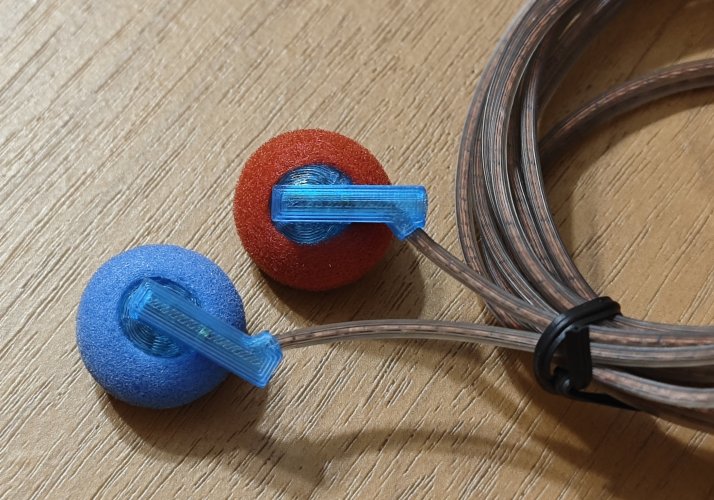Are your two shells in your test the exact same ? (absolutely no holes like I showed in my picture?)Thanks, I look forward to your photos! Good points, yep the white shells has definitely larger hole at the cable, though the upper vent on the stem is still not open - I tried to pour water in the chamber and see where it flows out. I'm not sure if it's only production issue, for me it looks like an intentional modificiation, at least all of my white vido shells (I had 3) share the same sound. My Fengru Silver shell has similar effect on sound (it's silver in the inside too) Actually I made a comparison few weeks ago, I put an emx500 speaker in a basic black shell from ali and then moved it into the fengru silver, with the same tuning foam. Here is the difference in measurements. (please note my graphs are not compensated, there is a bump between 2.5-6khz that should be roughly on the level of 1khz in the real world, and there is another bump at 250hz that is just a resonance. Apart from these a flat response should look flat on the graph)

That could be really weird to me, especially if you only just made a drivers swap in the exact same shells.





























